



October 21,2021
Many lighting-control systems use the standardized Digital Addressable Lighting Interface (DALI®) communication language (protocol), which is based on the open global standard IEC 62386, and managed by the DALI Alliance. Analyst Omdia describes DALI as "the largest wired digital open protocol in the world for lighting."
While DALI started off as a standard for wired networks, the DALI Alliance is now standardizing support for wireless connectivity, as well as for Internet Protocol (IP) based networks.
The DALI Alliance has developed two approaches to support wireless. Firstly, it has created specifications for gateways between DALI and wireless ecosystems such as Bluetooth Mesh and Zigbee – but we’ll talk about gateways in a separate DALI Blog post.
This post is all about the second approach, known as DALI+, which describes the use of DALI over wireless and IP-based networks.
Technical Guide: DALI+ Systems |
 Our new Technical Guide explains DALI+ in more detail, including the following: Our new Technical Guide explains DALI+ in more detail, including the following:
|
| >> Download the Technical Guide on DALI+ Systems |
DALI+ uses the existing DALI language, with DALI commands packaged into IEC 62386 frames that are transported across wireless and/or IP-based carriers.
Initially, DALI+ will support Thread as the carrier. Thread uses the UDP protocol over 6LoWPAN, a low-power wireless protocol that implements IPv6. The DALI Alliance is considering adding DALI+ support for the other carriers including Bluetooth mesh, Ethernet (including Power over Ethernet or PoE) and Wi-Fi.

| Figure 1: DALI+ enables DALI lighting control over wireless networks, with Thread as the carrier |
Security is provided by the authentication and encryption methods that are already part of the carrier (i.e. Thread). This means that only devices commissioned with the network key can exchange data.
All DALI control gear and control devices can be implemented in DALI+, including LED drivers, colour-controllable drivers, emergency drivers, application controllers, push buttons, and sensors.
In many systems, there may be a need to combine both DALI+ and existing wired DALI systems. The DALI commands and features are the same for DALI+ and wired DALI. A new type of device known as a bridge enables application controllers in the DALI+ network to access and control the DALI wired control gear and control devices.
For more complex systems, a backbone such as Ethernet can be used to connect multiple wireless DALI+ systems. Additionally, DALI application controllers can support multiple subnets, which may be any combination of DALI+ and wired DALI subnets.

| Figure 2: DALI+ system with two connected Thread networks and connections to DALI wired devices and subnets |
Figure 2 shows an example of such a complex system. In this example, there are two wireless Thread networks, connected with an Ethernet cable via Thread border routers. A DALI+ bridge provides connectivity to two DALI wired buses (one of which is a D4i luminaire), and a multi-subnet application controller provides interfaces to two further wired subnets.
There are also non-DALI+ devices in the system in Figure 2, such as the door lock in the second Thread network. This example shows that the Thread network can also support other devices for other building systems that are not controlled by DALI commands. The system in Figure 2 could be connected to a larger building-wide IP network, for example containing computers and other devices.
In practice, there are many factors that affect whether wired, wireless, or a combination is the best solution for a lighting project. Where wireless is required, the DALI+ approach described here may be the right choice, or a system based on wireless-to-DALI gateways may be more suitable.
Links |
| >> More about DALI+ |
| >> Download DALI+ specifications |
| >> Download Technical Guides (DALI+ Systems and Gateways) |
| >> DALI Blog on Gateways |
► Sign up to join our mailing list and receive our newsletter
► Follow the DALI Alliance on LinkedIn or join the LinkedIn DALI Group